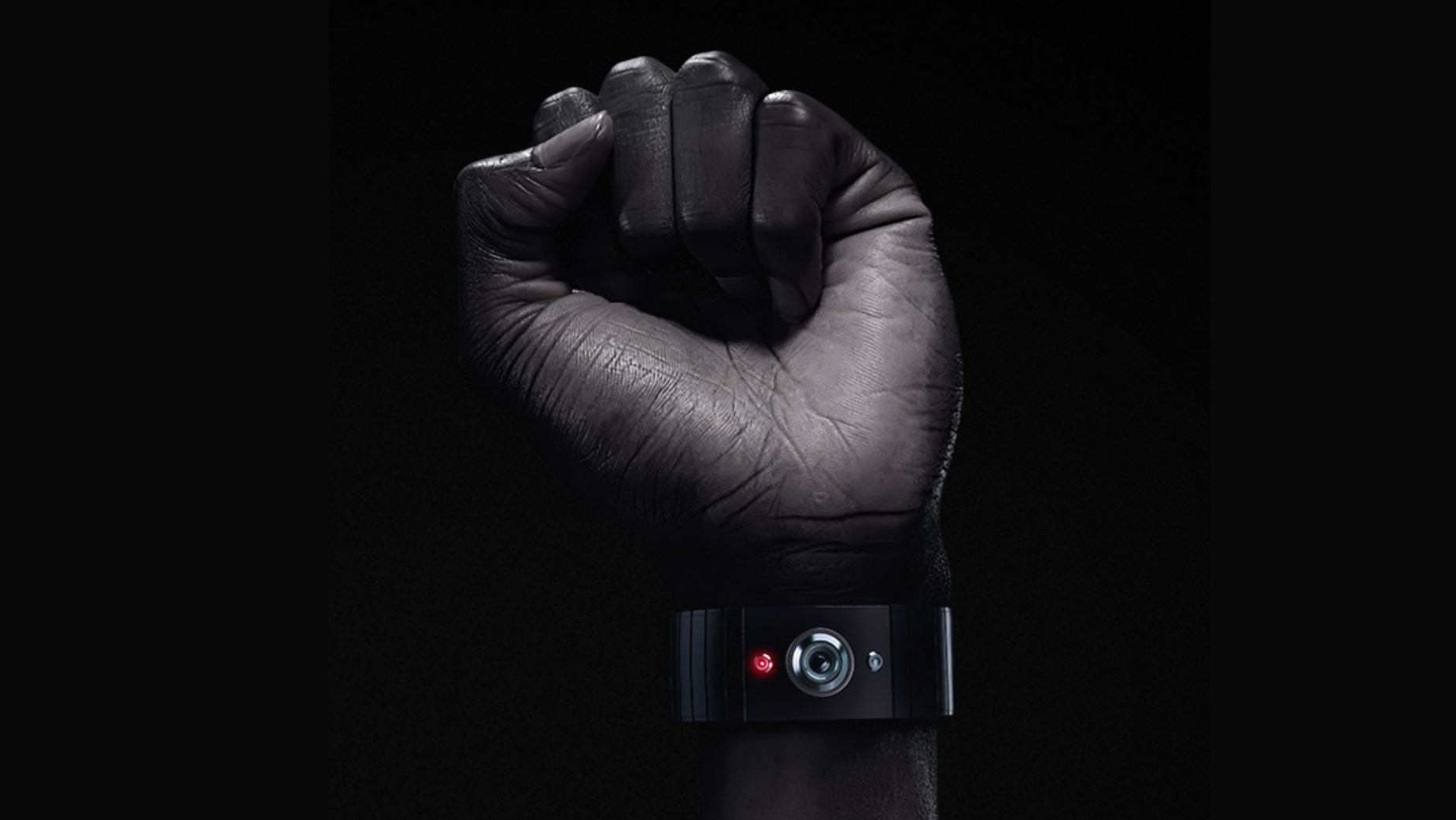The best iPhone for photography: from the iPhone SE to iPhone 16 Pro Max
The best iPhone for photography can help you capture stunning images and professional videos
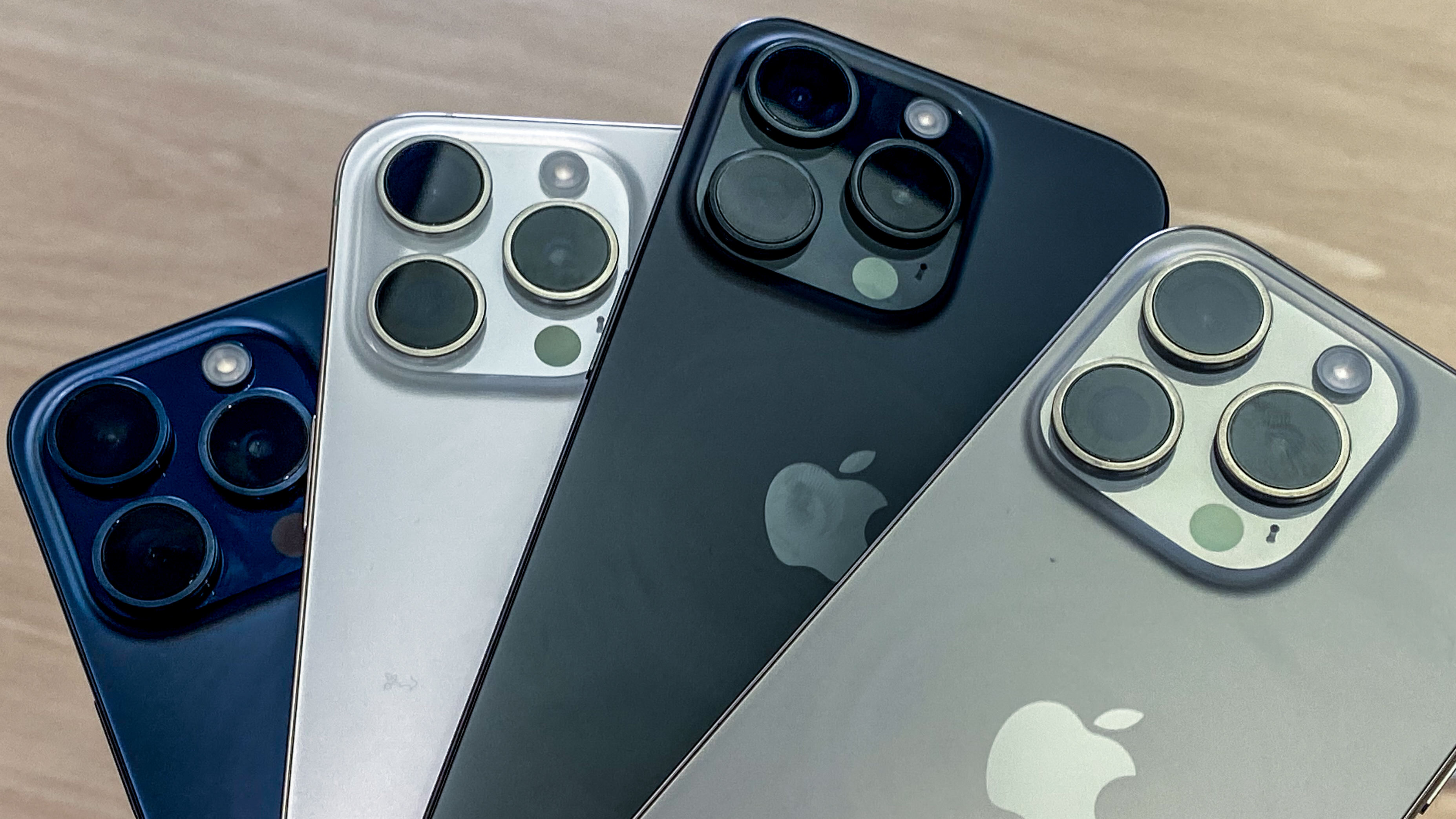
Apple is one of the biggest and best camera phone manufacturers, and it offers many different devices in its lineup, but the best iPhone for you lets you balance high-quality photographs and videos, at a price that suits your pocket.
If you've got an unlimited budget and want the best that money can buy, the best iPhone for photography overall has to be either the iPhone 16 Pro or iPhone 16 Pro Max. Unlike previous generations both the 16 Pro and 16 Pro Max have the same optics so the choice is about the size of the screen for viewing and editing (in both cases it is very slightly larger, thanks in part to smaller bezels).
Older iPhone models tend to be cheaper, and this increased affordability continues as you go back through the range – though you'll also start to compromise on camera functionality. There's also the recently revamped iPhone SE (2022), an iPhone with an iconic design and a far lower price than flagship iPhones. Find out more in our iPhone generations guide.
To help you find the right balance, we've listed the best iPhones for photography, and the best prices you can get them for right now.

Gareth is the Reviews Editor at Digital Camera World, and the person in charge of approving all the latest camera-related tech. An everyday user of both iPhones and Android devices, and several years as a professional photographer – he certainly knows exactly what he likes in a phone camera!
The Quick List
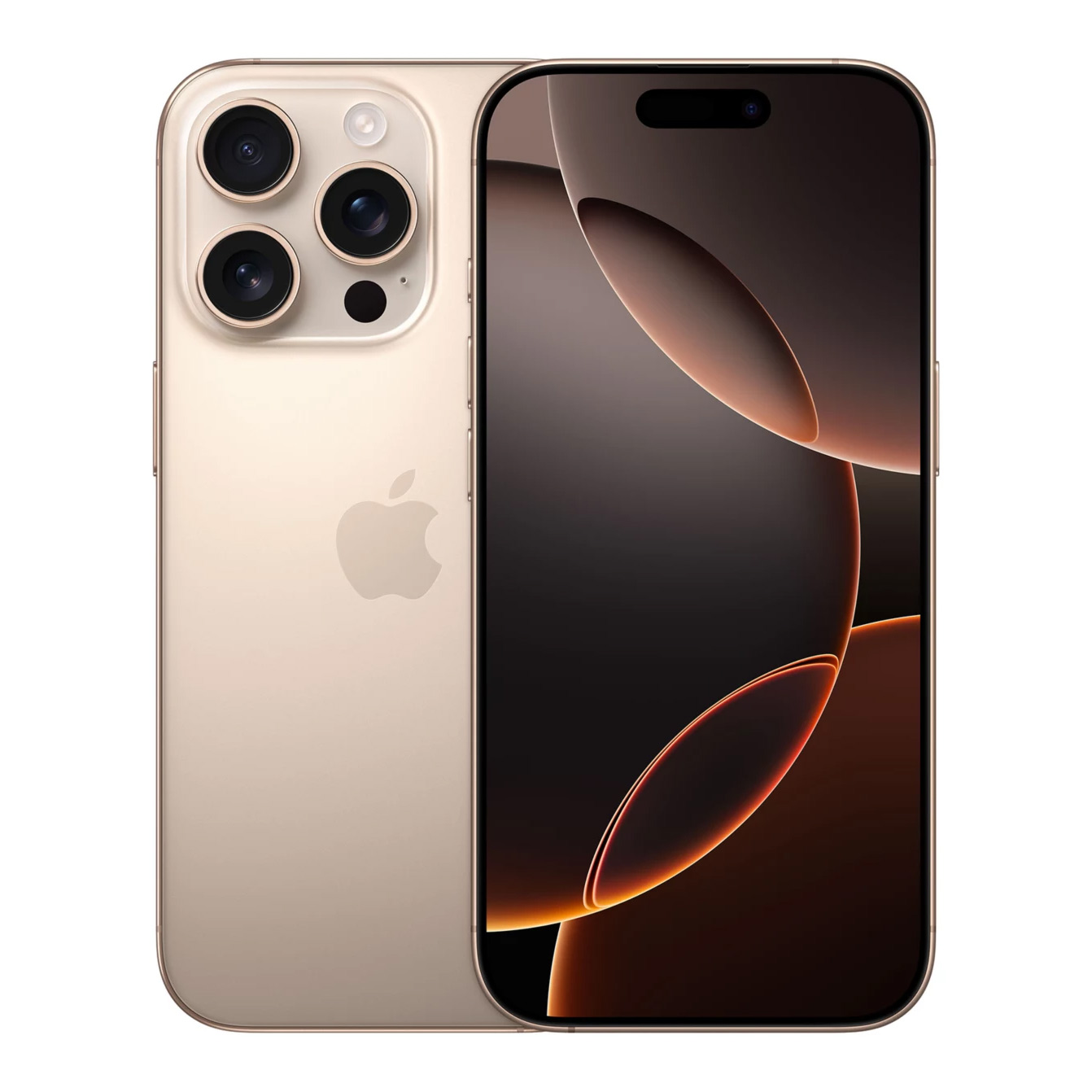
It's hardly a shock to say the top-of-the-line iPhone 16 Pro Max is the best iPhone for photography. A powerhouse for the pocket with a 48MP sensors in both the tele and wide cameras and a 5x optical zoom, plus the fun of 120fps 4K slo-mo action and neat sound field editing extends the Pro iPhone's powers
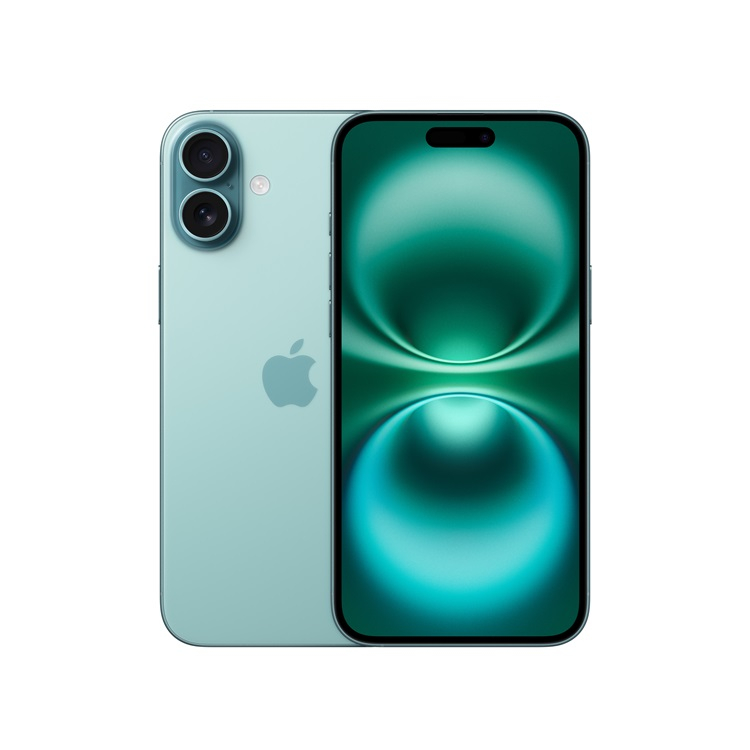
If you are looking for a quality camera phone for a fair price I'd recommend the standard iPhone 16. Despite not having the telephoto camera from the Pro, the iPhone 16 provides a 48MP main camera (so effectively a 2X tele) and a wide camera, plus the Camera Control button.
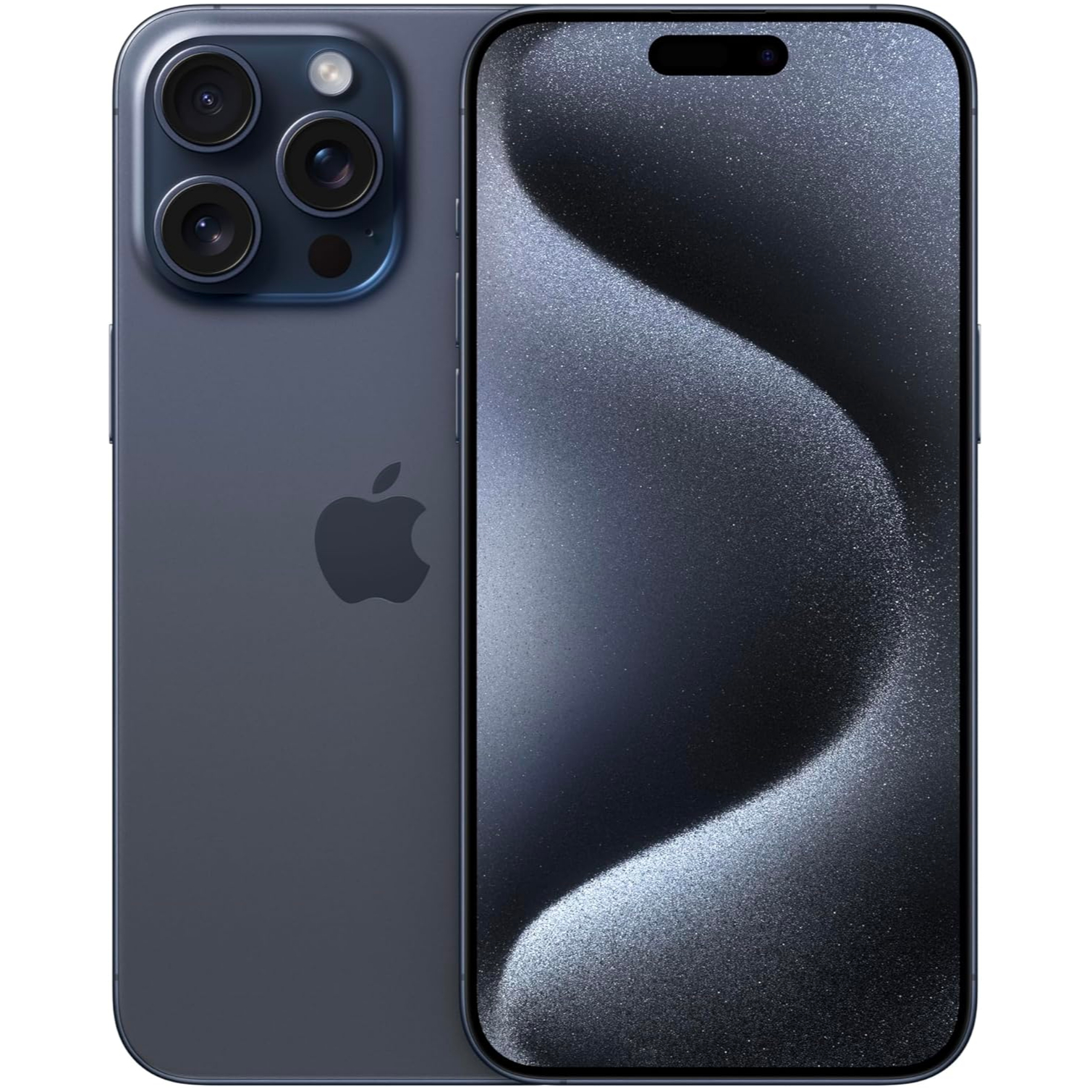
This is the compact version of the iPhone 15 Pro series compared to the Max, for anyone who wants incredible cameras without a big phone. Despite the slightly shorter x3 telephoto, the 15 Pro still packs ample camera capabilities, especially for photographers with its 48MP RAW photos.
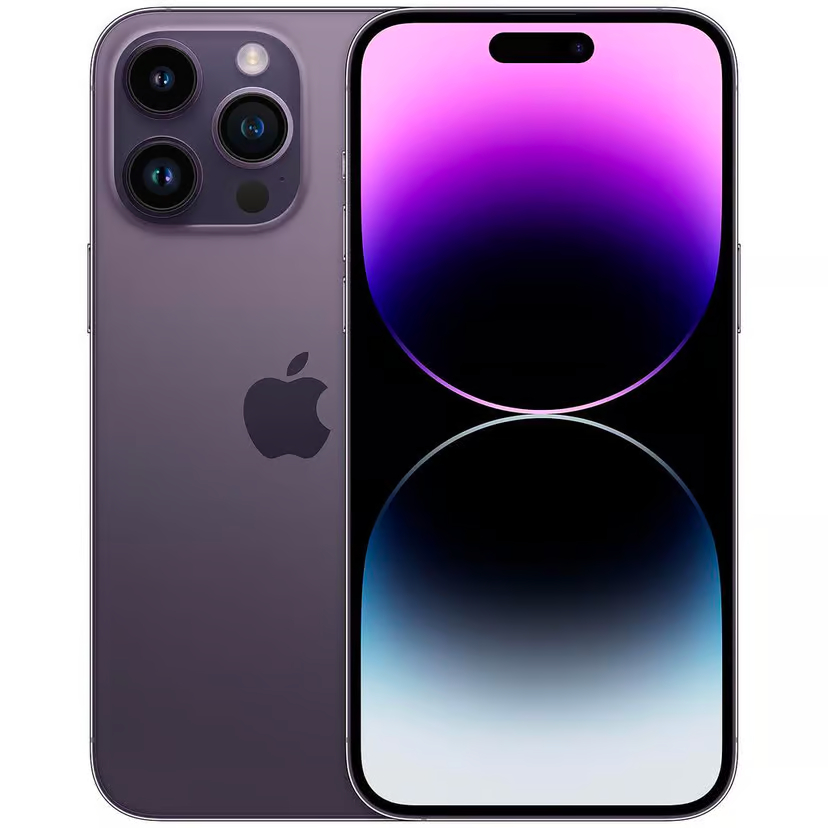
The iPhone 14 Pro Max is last year's top model, but it is still a strong contender packing in three amazing cameras covering ultrawide through to 3x telephoto, and has enough space on its screen for comfortable photo and video editing. You might be able to find some good deals.
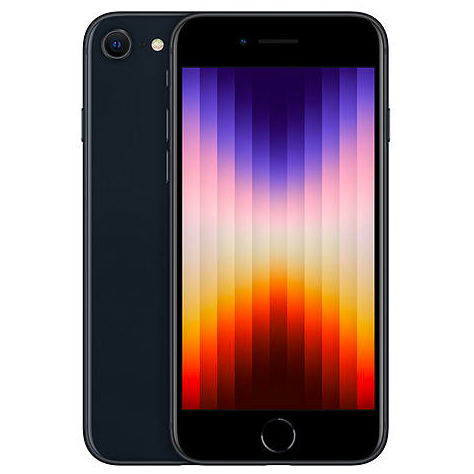
The iPhone SE is not Apple's best camera phone, but it is certainly its cheapest. It packs some of Apple's latest in-house processors and the latest operating system to power through photo tasks. However, the screen and cameras are lacking, but there is no beating it on price (for iPhones anyway).
The best iPhone for photography in 2025
Why you can trust Digital Camera World
The best iPhone for photography overall
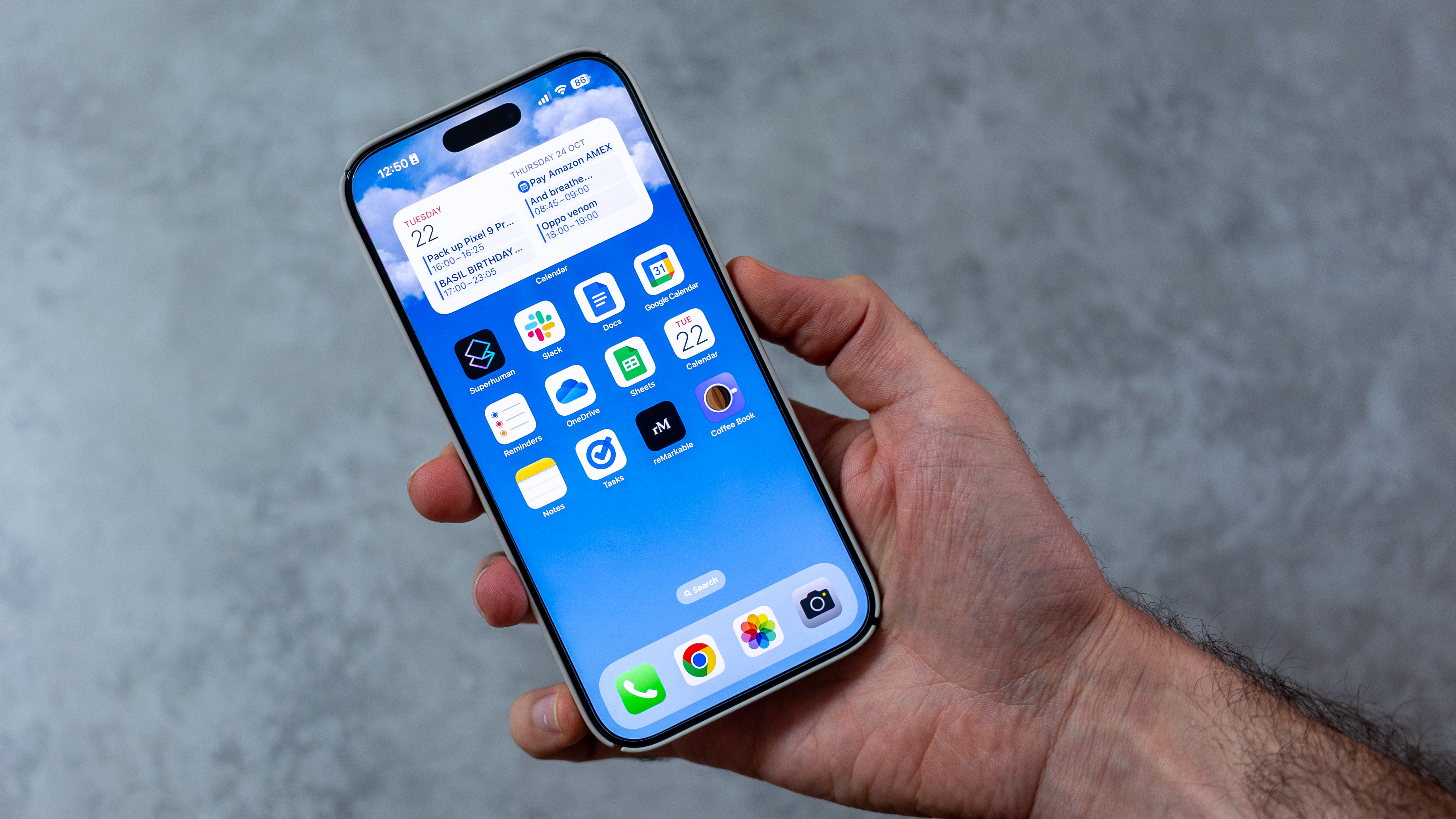
Specifications
Reasons to buy
Reasons to avoid
It's already fair to say that I'm pleased I upgraded from the iPhone 15 Pro Max to the iPhone 16 Pro Max for two reasons – the biggest one being the Camera Control button.
This adds an undeniably natural functionality to me, someone used to using a 'real' camera. The fact I can tweak the button to EV compensation mode makes using the phone as a camera feel a lot more 'Pro' compared to tapping the screen to adjust exposure compensation. Apparently, we'll even get half-press to focus in a future software update – it doesn't really make sense on a phone camera, but I'm sure some photo retro fans will lap it up!
In terms of tech, I use the wide less frequently than the telephoto, so I'd have preferred it if Apple had chosen to upgrade that image sensor to 48 megapixels too, but it's still great that we're now looking at two 48-megapixel cameras (main and ultra-wide) in the three camera system.
The refreshed computational photography system is a bit like having a kind of baked in ultra-flexible filter system which you can change before or after shooting and, while it'll take me a while to get used to, I'm sure some creatives will love it. It shows the potential for computational photography. RAW photo, ProRes Log video, and – now – 120fps 4K is there too.
The iPhone 16 Pro Max is a tiny amount bigger than its predecessor, but no thinner; the screen is more preceptably bigger though as the bezel has shrunk too, rising to 6.9-inch from 6.7-inch. More useful, it can now go right down to 1-nit at night if you don't want to wake anyone up!
The iPhone 16 is expensive, and a lot of the power can now be found on the iPhone 16 'standard', so how can it remain the better choice? Apple seem to be steering harder into the 'Pro' side. It can record ProRes video over USB-C cable, and features 4 'studio quality' microphones. There is also 'ProMotion' – silky smooth 120Hz screens so you never see a judder as you scroll. Only Apple considers this a 'Pro' feature these days, but it does stand out!
Read more: Apple iPhone 16 Pro Max review
The best affordable iPhone
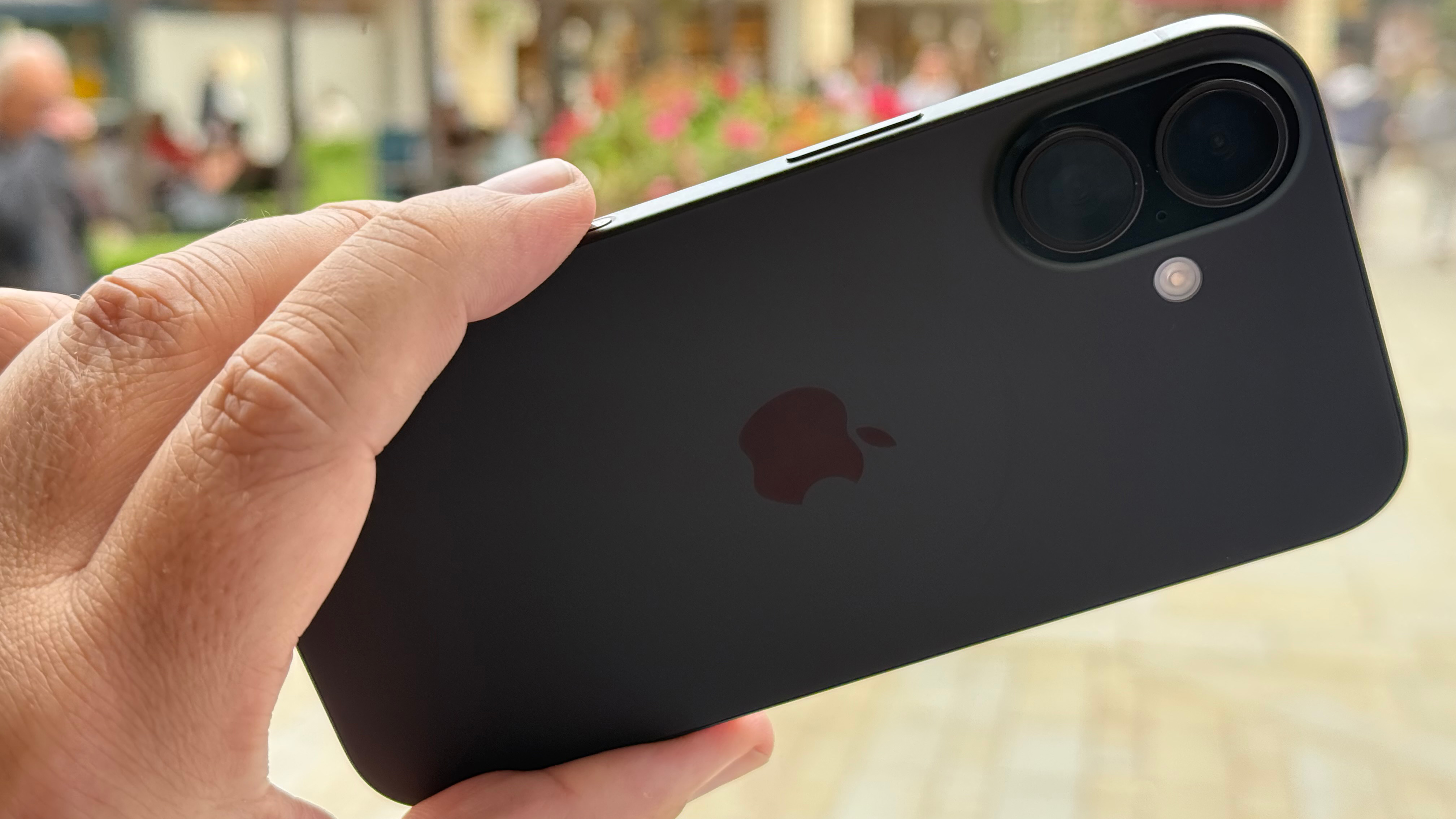
Specifications
Reasons to buy
Reasons to avoid
If you are looking for one of the best photography experiences in a phone, then the iPhone 16 – not the Pro – is a very good generation to join the fun. Unlike previous occasions, in order to be ready for Apple Intelligence, Apple has given both iPhone 16 generation models (Pro or not) the A18 processor.
The iPhone 16 has also had its dual camera system re-jigged into a straight rather than diagonal arrangement so it can capture spatial images and video (though I imagine if you can splash the cash on Vision Pro you might also go for a Pro phone!)
Interestingly Apple has granted the 'Camera Control' button to the iPhone 16 too even though it's only just made its appearance on the Pros this year. At the same time the iPhone 16 is getting the 'Action button' so the phone will be very customizable for quick interaction.
If you don't need a telephoto lens, but you do like the, let's face it, much more exciting colors the iPhone 16 is available in, then this might be the phone for you as the gap doesn't seem so punishing this year. The larger 48MP sensor is also capable of cropping further without losing detail, making digital zoom a more viable option, although it isn't to the level of an optical lens.
The more serious photographer will miss the ability to shoot in RAW (.dng) format so that they can enjoy fine-tuning the look of their images in a digital darkroom such as Adobe Lightroom.
Apple has found savings with the iPhone 16 over the Pro by making the phone just not quite as sophisticated. The USB-C is slower, so no ProRes shooting to external SSDs, and the screen is 60Hz (yawn), but this still feels like a better upgrade than usual, not least because of the A18 chip and the Camera Control button – not lagging behind the Pros in two important respects for photographers.
Read more: Apple iPhone 16 review
The best regular sized iPhone Pro for photography
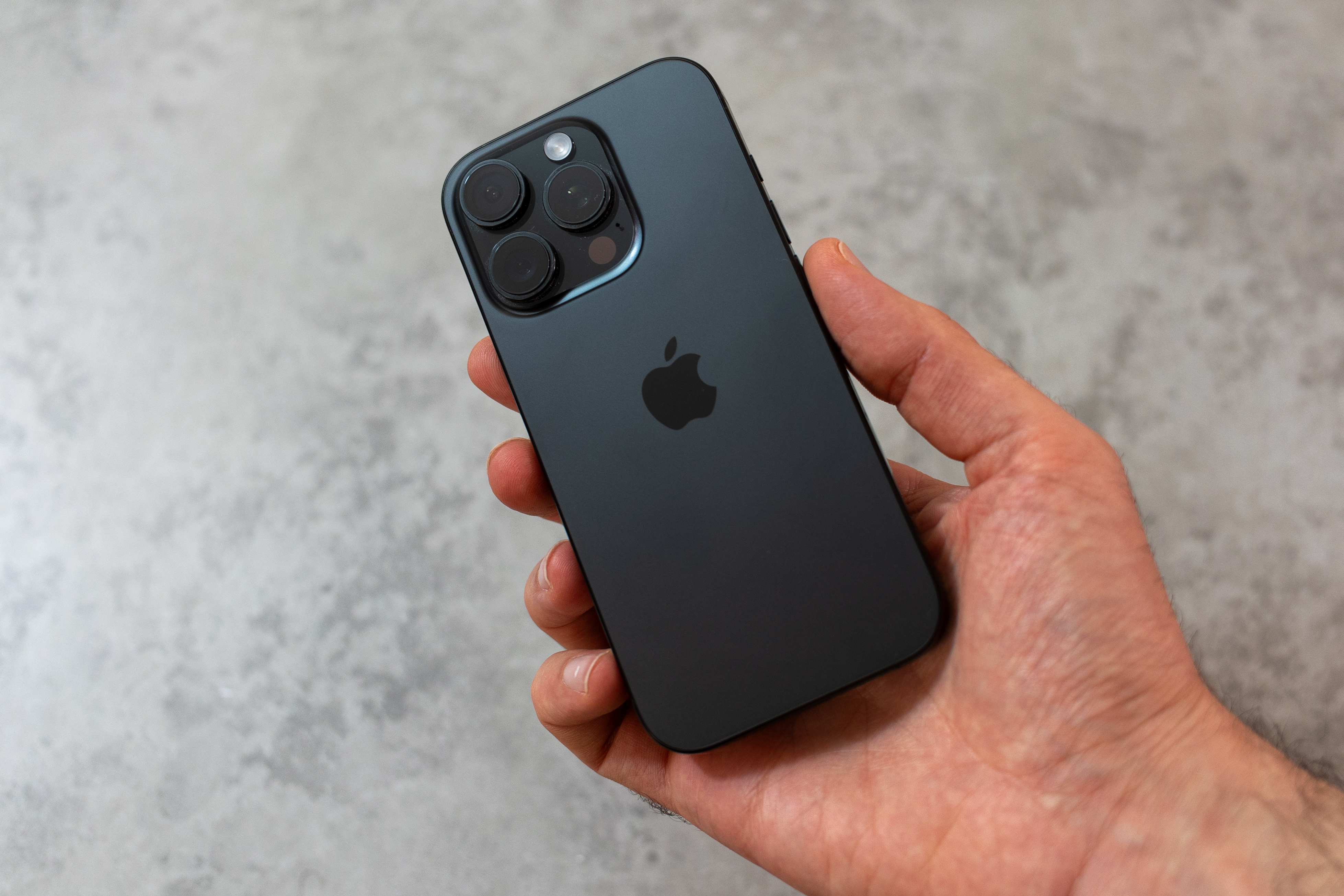
Specifications
Reasons to buy
Reasons to avoid
The iPhone 16 Pro is fundamentally the same as the iPhone 16 Pro Max that I placed at the top of this guide – although with one key difference.
The iPhone Pro is smaller than the Pro Max, with a more pocketable 6.1" screen – if you like smaller phones then this is a positive, but I personally prefer the Max's larger screen for photo and video editing. But the regular Pro is the best iPhone you can buy for photography if you want something manageable in size.
The big appeal is that this titanium model costs significantly less than the Max - and you all the new features, like the Action Button, the latest processors, and the about-time-too USB-C charging port!
Read more: iPhone 16 Pro review
The best from last gen
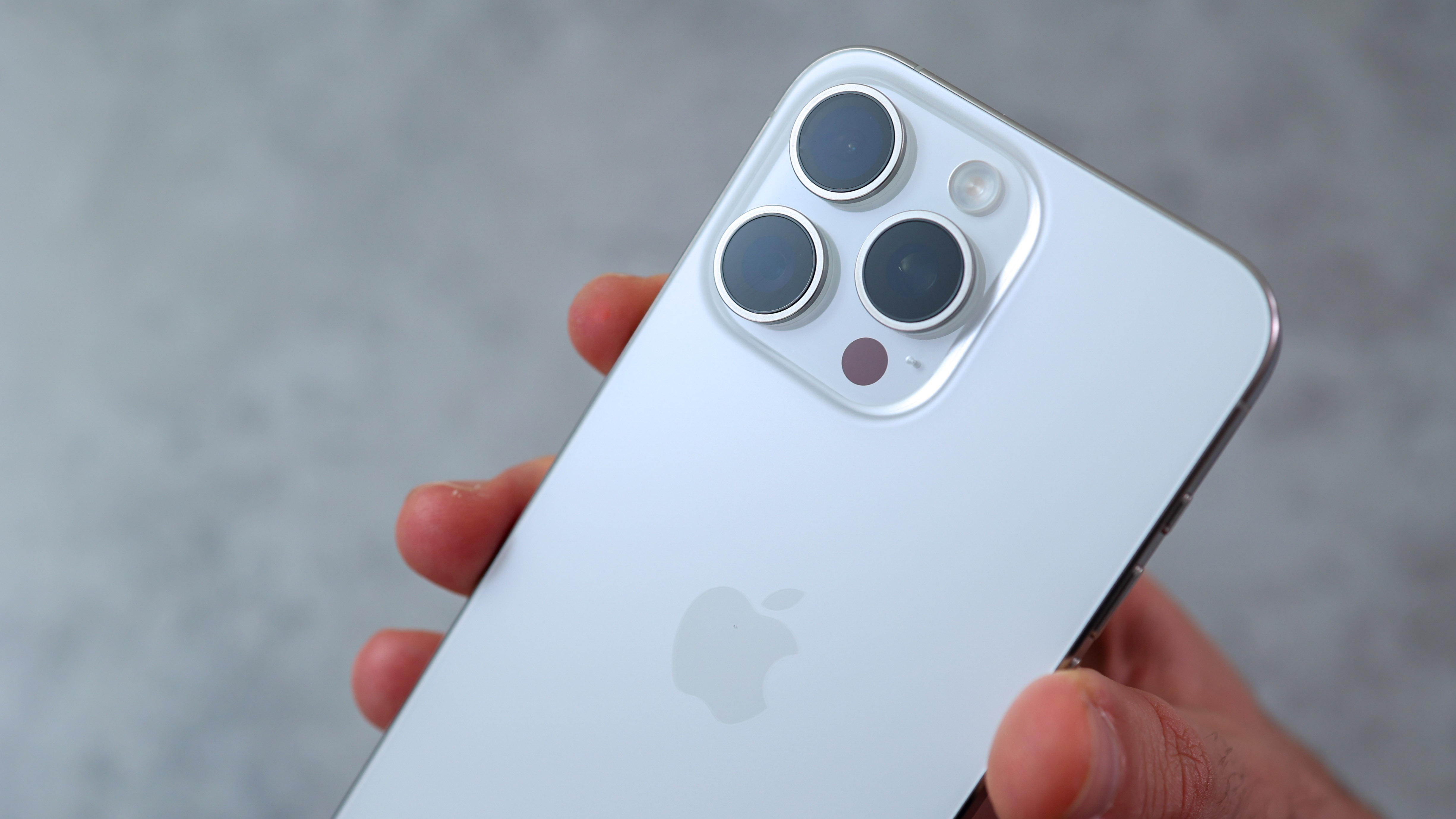
Specifications
Reasons to buy
Reasons to avoid
It comes as no surprise I am rating the iPhone 15 Pro Max as the best iPhone for photography. It's a serious pocketable powerhouse with a 5x telephoto camera able to reach further than ever before in much higher quality, 48MP RAW photo, ProRes Log video which delivers incredible dynamic range plus a 12MP ultra-wide and front-facing camera. The one downside is there is still no pro mode for manual photography and that makes us sad.
The iPhone 15 Pro Max is a little chunkier than Apple's other offerings but it's got an impressive set of camera features that make it perfect for photographers. Another huge benefit of the Apple iPhone 15 Pro Max is that it's finally adopted USB-C charging making it compatible with most chargers plus a range of monitors and camera accessories.
While the new iPhone 15 Pro is very expensive, it's a mighty phone with a brilliant camera, that's powerful and lasts a full day. If you're an Apple fan who likes more compact phones, the iPhone 15 Pro is a no-brainer, but you will be bumped down to a still very impressive 3x optical camera. But if you like big phones and the best photography experience, the Pro Max is for you.
Read more: iPhone 15 Pro Max review
Best cheap iPhone for photography
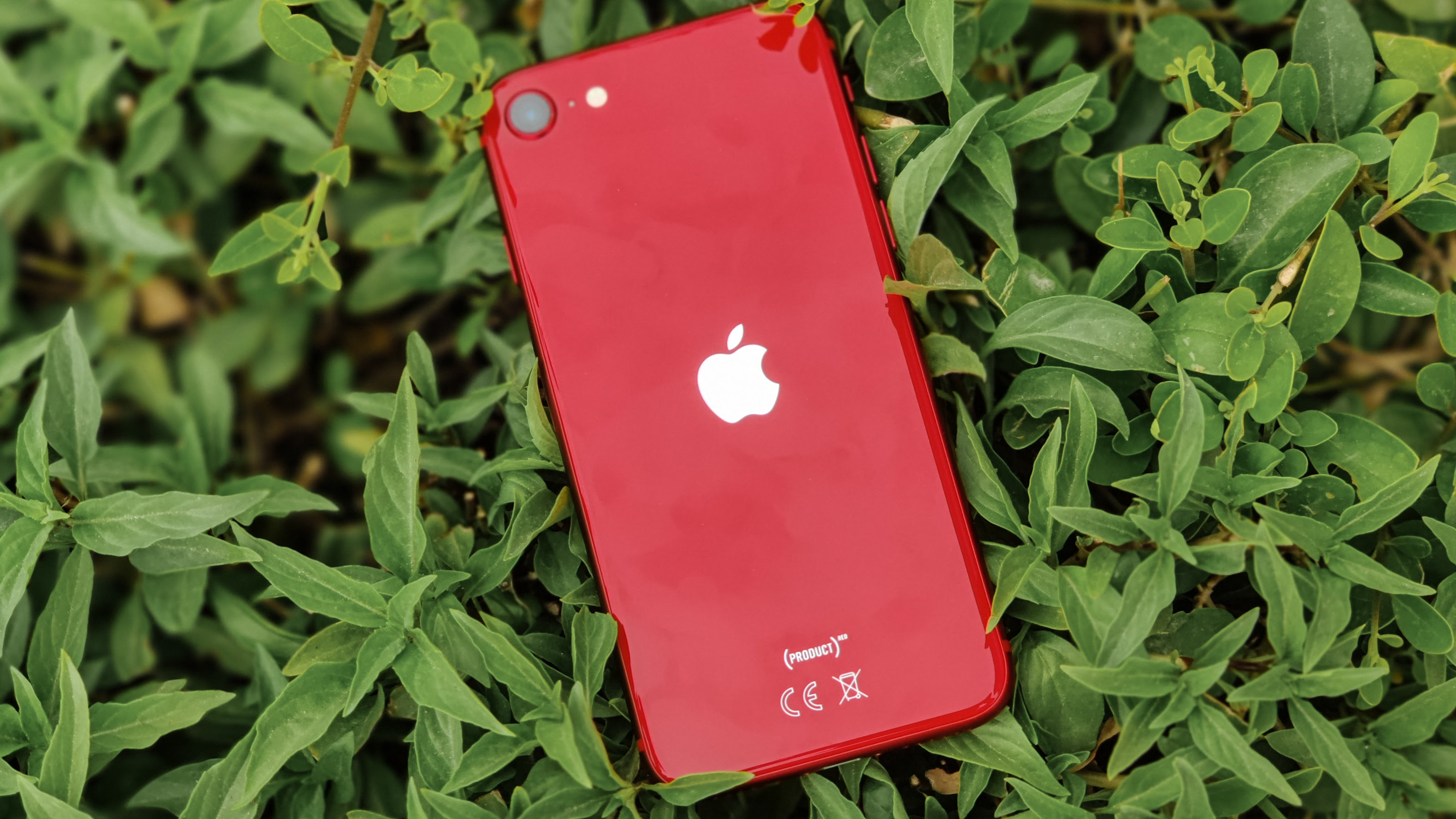
5. iPhone SE (2022)
Specifications
Reasons to buy
Reasons to avoid
Want the photography smarts of a modern iPhone, but on a tight budget? Then I recommend the latest update to the iPhone SE. At a surprisingly affordable price (it is Apple after all), you get an impressive camera setup, with a 12MP f/1.8 aperture wide camera on the rear. This isn't really in the same league as the iPhone 15 Pro Max, but that phone is several times the cost the SE.
The fast A15 Bionic chip makes everything works smoothly and beautifully, and there are photography-focused features such as the AI-enhanced Portrait mode and the same Smart HDR 4 tech as the iPhone 13 giving you lots of great shooting options. For selfies, the front camera (7 MP, f/2.2) is pretty decent too.
Elsewhere, the iPhone SE (2022) offers 5G, longer battery life, and improved durability. It's rated IP67 for water and dust resistance, features the Home button, and supports Touch ID and Apple Pay.
On the downside, the screen is pretty small, at 4.7 inches, (unless you love small phones that is) and you're not getting zoom or ultra-wide lenses. But overall you're getting a very nice camera phone indeed, for not a lot of money.
How to choose the best iPhone for photography
Choosing the perfect iPhone for photography involves considering each devices cameras, your expectations for what you hope to shoot, and of course – your budget. The latest iPhone models, such as the iPhone 15 series, boast cutting-edge features and enhanced capabilities but are also the most expensive, you can save some bug money by looking at older and cheaper models.
iPhones also cater to different size preferences – from the compact 4.7-in iPhone SE to the 6.1-in iPhone 15, all the way to the biggest 6.7-in iPhone 15 Pro Max, there is a size of iPhone for almost everyone. However, camera enthusiasts seeking advanced photography and videography will find the most powerful camera systems in the largest Pro Max model.
Battery life is also a crucial factor for power users, with models like the iPhone Plus or Max models offering extended usage over smaller iPhones with their more diminutive batteries.
Future-proofing your purchase is essential, newer models typically receive updates for a longer duration, ensuring compatibility with upcoming apps and features. Although Apple does promise up to 7 years of updates, so even the oldest phone on this list has quite a few years left.
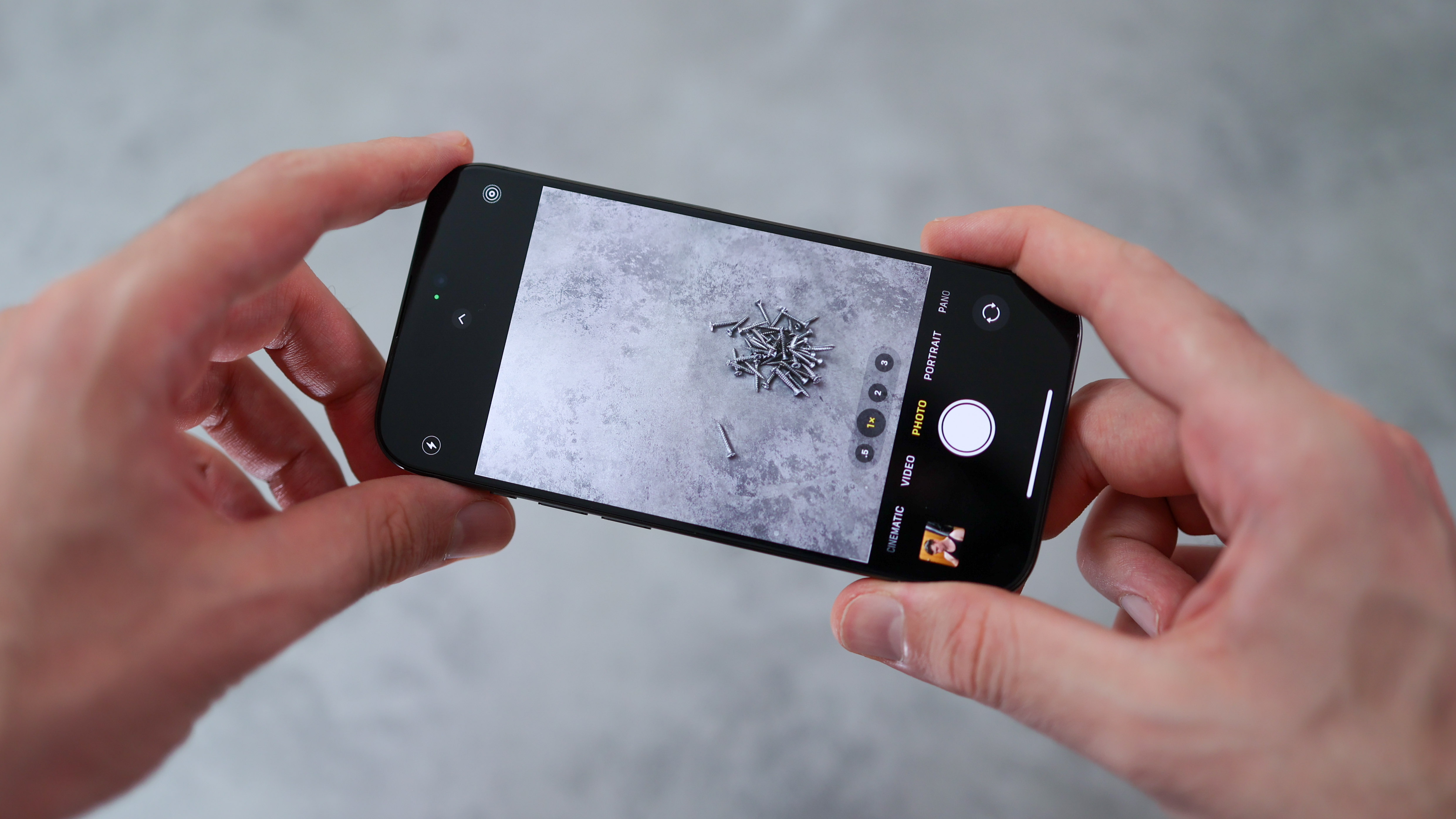
What are the best iPhone accessories for photography?
If you want to create with your iPhone, then there are plenty of brilliant accessories to improve your photography and video. The microphones in the iPhone are great, but you can't beat one of these best microphones for iPhone for even better external audio recording. You will really notice the difference in quality. If you want to expand beyond the cameras on your phone, the best add-on lenses for phones give you more options for wide, telephoto, and macro photography.
Is iOS better than Android?
Well, depends on who you ask! The real truth of the matter is – both operating systems are excellent, and there is really not a huge amount between them. Both systems provide nearly all of the exact same features but just function in slightly different ways. Both have all the major apps you are likely to use. The OS to pick is just the one that you enjoy using more on a day-to-day basis.
How we test the best iPhones for photography
As a photography website, we pay special attention to the photo and video quality of iPhones. We rate resolution, noise, and color rendition in the context of what rival camera phones can do, and where there are any special features, such as ‘night modes’ or ‘portrait modes’, we check that these perform as the makers describe. We also use our expertise in digital cameras to compare how these phone cameras compare to a dedicated mirrorless camera – and make comparisons based on some very realistic expectations.
We then assess each phone for general handling, usability, and practicality – such as battery life. We do this by using the phone for the entire time we have the unit for review, attempting to use the iPhone for as many tasks as we can see fit to test the widest variety of its functions. Camera phones are all-around digital assistants too, of course, so we also check out Apple's (and Siri's) AI smarts.
We can then compare this to all the other current and previous iPhones to create this guide covering our recommendations for what makes the best iPhone for photography for different users.
Read more about how we test and review at Digitial Camera World.
Get the Digital Camera World Newsletter
The best camera deals, reviews, product advice, and unmissable photography news, direct to your inbox!

Gareth is a photographer based in London, working as a freelance photographer and videographer for the past several years, having the privilege to shoot for some household names. With work focusing on fashion, portrait and lifestyle content creation, he has developed a range of skills covering everything from editorial shoots to social media videos. Outside of work, he has a personal passion for travel and nature photography, with a devotion to sustainability and environmental causes.
- Adam JuniperManaging Editor
- George Cairns
- Basil Kronfli
